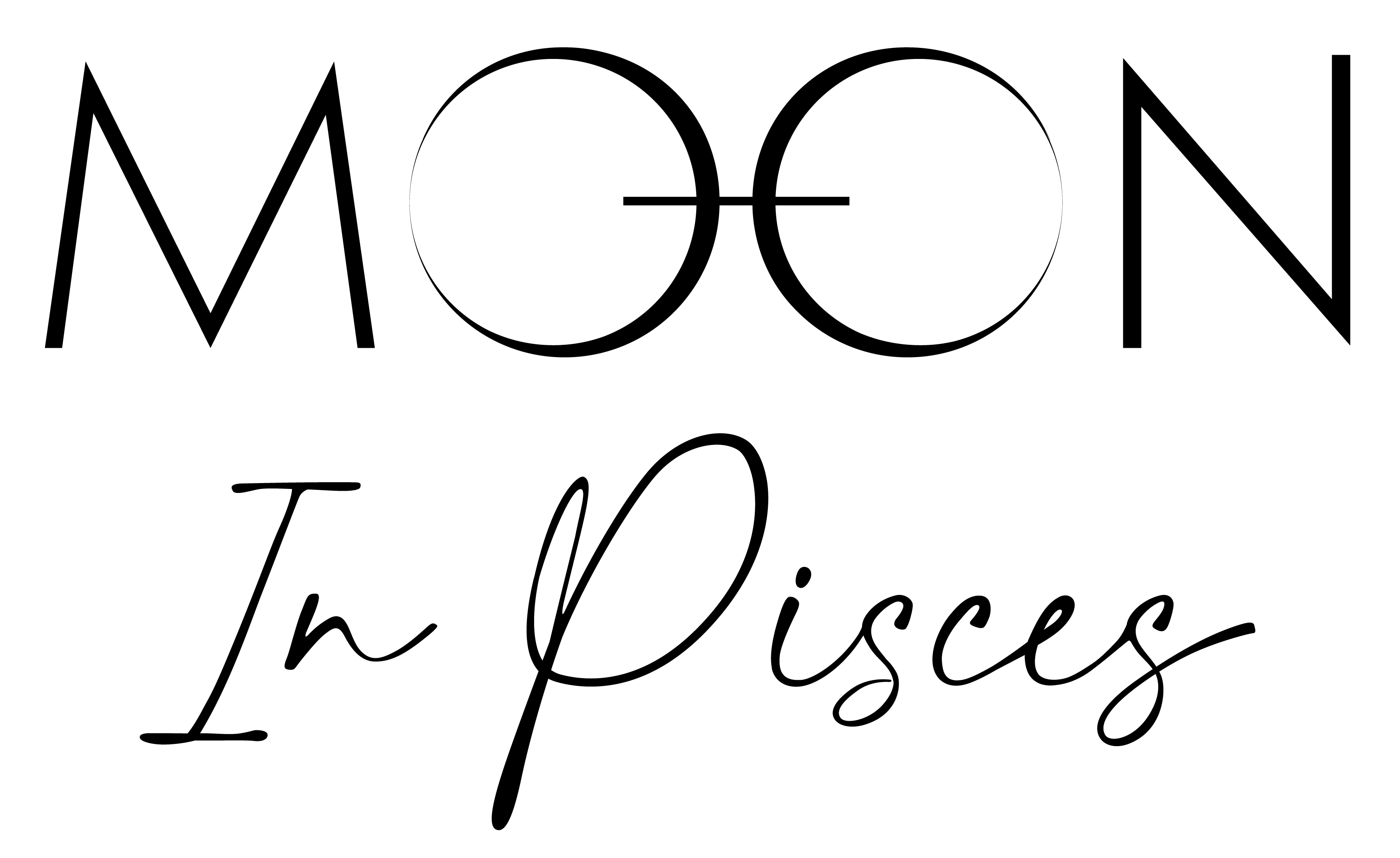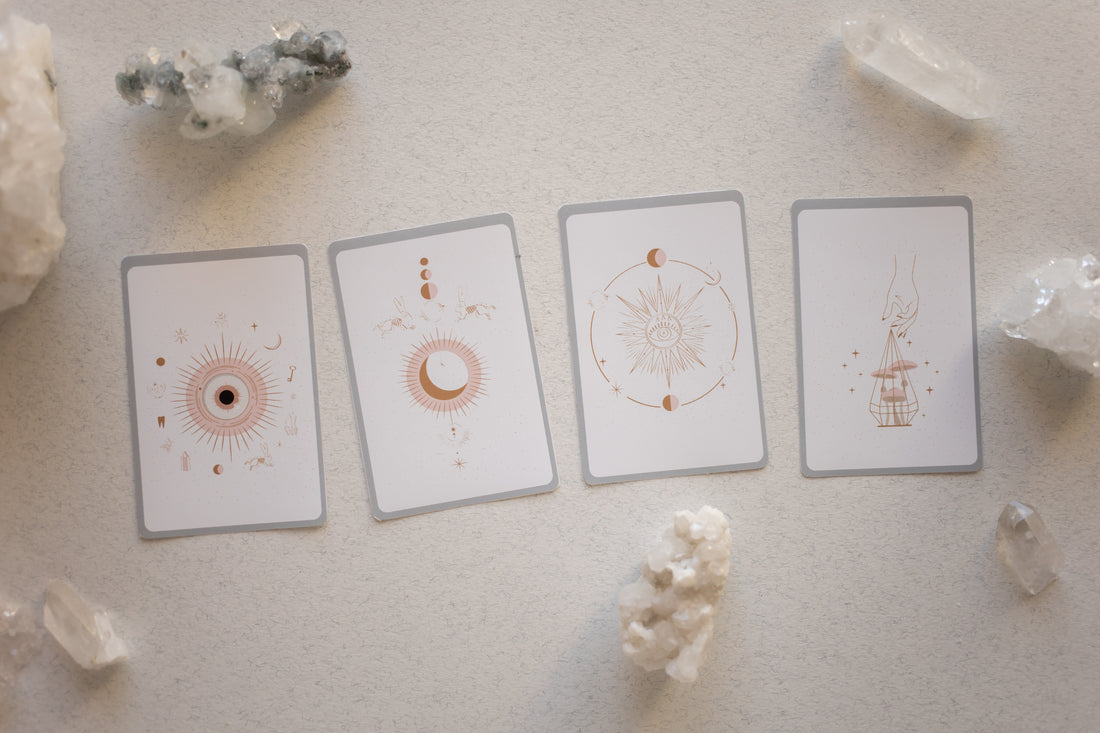Welcome to Moon in Pisces, your sanctuary for metaphysical wellness. In this blog post, we will embark on an enchanting journey into the world of divination, exploring the key differences between two popular tools: Tarot and Oracle cards. Both these decks hold immense potential for introspection, guidance, and self-discovery. By understanding their unique qualities and learning how to use them effectively, you can unlock a powerful gateway to personal growth and spiritual enlightenment.
-
Understanding Tarot Cards: Tarot cards have been used for centuries as a means of divination, offering profound insights into the past, present, and future. Comprised of 78 cards divided into two main groups—the Major Arcana and Minor Arcana—Tarot decks possess a structured system rich in symbolism and archetypes. Each card represents a particular energy or theme and can be interpreted through a combination of intuition, personal experiences, and traditional meanings.
-
The Essence of Oracle Cards: Unlike Tarot cards, Oracle decks provide a more free-form and fluid approach to divination. Oracle cards offer a diverse range of themes, from angels and spirit animals to mythical creatures and affirmations. They typically contain fewer cards than Tarot decks, allowing for a more direct and specific message to be conveyed. Oracle cards resonate with the intuitive nature of the reader, enabling personal interpretation and guidance.
-
Tarot vs. Oracle: Choosing the Right Deck: When selecting a deck, consider your personal preferences and the type of guidance you seek. Tarot cards are ideal for those who appreciate a structured and intricate system. They delve deep into the psyche, revealing underlying patterns and lessons. Oracle cards, on the other hand, cater to those seeking gentle, supportive messages that offer guidance and inspiration in various aspects of life. Explore different decks, and let your intuition guide you toward the one that resonates most with your energy.
-
Utilizing Tarot: A Step-by-Step Guide: a. Setting Intentions: Begin your Tarot session by clarifying your intentions. Focus on the specific area of your life or question you wish to explore. b. Shuffling and Drawing: Shuffle the cards while concentrating on your query. Trust your intuition to guide you as you draw the cards. Typically, a spread—such as the Celtic Cross—will offer insight into different aspects of your question. c. Interpretation: Study each card's imagery, symbolism, and position in the spread. Reflect on your personal connection to the cards, drawing on your intuition and the traditional meanings to interpret their messages. d. Integration and Reflection: Consider how the cards' messages relate to your life and circumstances. Apply their wisdom to gain clarity, make decisions, and foster personal growth.
-
Embracing Oracle Cards: A Step-by-Step Guide: a. Clearing the Energy: Begin by clearing the energy of your Oracle deck. You can do this by gently shuffling the cards or smudging them with sacred herbs, such as sage or palo santo. b. Asking the Right Questions: Frame your questions in a way that invites guidance and encourages personal growth. Keep them open-ended, allowing for broader insights and wisdom to unfold. c. Selecting Cards: Draw one or multiple cards from the deck, trusting your intuition to guide your choices. Remember that the cards you choose are not random; they carry specific messages for you. d. Interpreting and Reflecting: Observe the imagery, symbols, and messages on the cards you have drawn. Reflect on their meaning, allowing your intuition to merge with the guidance offered. Consider how the messages apply to your current situation and explore the actions or mindset that can

